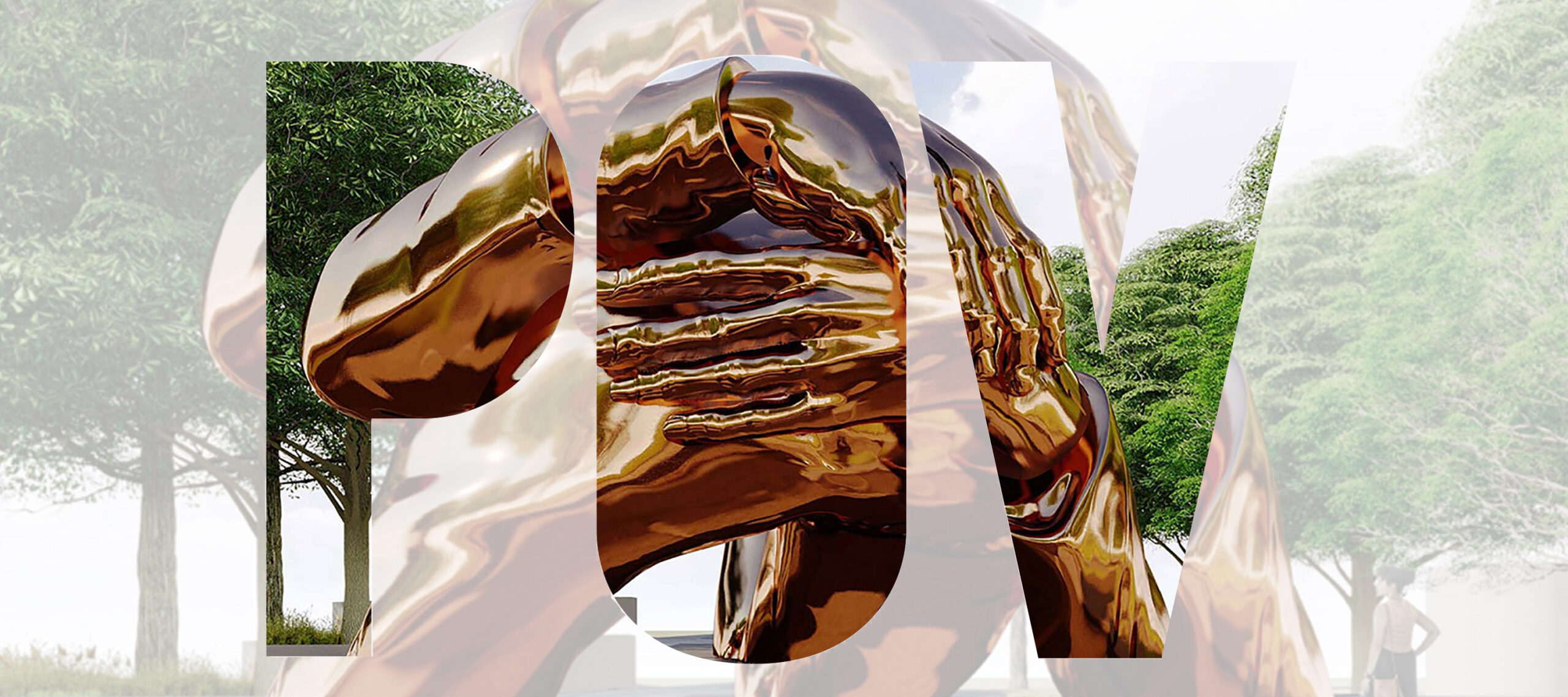BU Today POV Feature: It’s Time to Change How We Choose Monuments and Statues

This article originally appeared in BU Today on October 16, 2020.
POV: Dean Harvey Young
With the exception of Seneca leader Red Jacket, the monuments and statues that I encountered in my childhood remembered the lives and deeds of white men. Their ubiquity made their uniformity easy to overlook and accept. History seemed to be everywhere—and it was almost exclusively white and male.
Earlier this month, the Andrew W. Mellon Foundation announced its Monument Projects, “a five-year, quarter-billion-dollar commitment” that the foundation says “will support efforts to recalibrate the assumed center of our national narratives to include those who have often been denied historical recognition.” The initiative aims to encourage a more complete telling of the story of the United States by including innovators, leaders, and changemakers regardless of skin complexion or gender identity.
Monuments are not wildflowers. They do not just sprout up. The monuments that we see are the results of elaborate processes and typically stand as reflections of community values. The recent effort to create a public memorial on the Boston Common to Coretta Scott King and Martin Luther King, Jr. (GRS’55, Hon.’59) began more than three years ago. That project—which will result in a 20-foot bronze memorial featuring “the act of embrace”—remains in progress.
Although The Embrace will signal Boston’s continuing efforts to move beyond the racial divisions of its past, innumerable other monuments elsewhere were created to erase the memory of indigenous settlements or stall the racial integration of cities. Most Confederate memorials, to white men, were built in response to the campaign for African American civil rights in the first half of the 20th century.
The Mellon Foundation initiative expands how communities might choose to narrate local, regional, and national histories. It provides the funding necessary to create new works that tell stories that should have been told decades ago. It also makes resources available for communities who seek alternate ways to engage existing monuments.
…
I am reminded of the monumental absences—the missing markers of Black achievement—in my childhood whenever I walk into Back Bay station. It is there that a larger-than-life statue of A. Philip Randolph, the union leader and key proponent for the 1963 March on Washington, has welcomed thousands of train passengers each and every day since 1988. His silent vigil is a daily reminder to the passersby, especially folks of color, that they too can make history. Monument Projects hopes to create that experience for everyone.
Read the full article in BU Today
“POV” is an opinion page that provides timely commentaries from students, faculty, and staff on a variety of issues: on-campus, local, state, national, or international. Anyone interested in submitting a piece, which should be about 700 words long, should contact John O’Rourke at orourkej@bu.edu. BU Today reserves the right to reject or edit submissions. The views expressed are solely those of the author and are not intended to represent the views of Boston University.